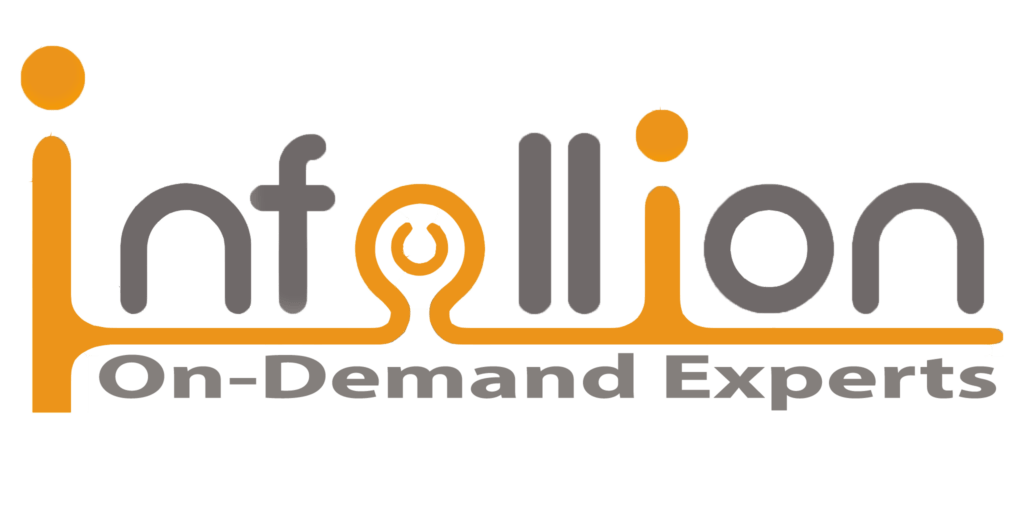Program Overview
This 1-day expert-led program delivers a comprehensive understanding of Health Canada’s medical device regulations under the Food and Drugs Act. Participants will gain clarity on device classification, licensing pathways (MDEL vs. MDL), ISO 13485/MDSAP requirements, and post-market obligations. The course blends conceptual knowledge, situational awareness, real-world case studies, and interactive exercises to equip professionals with practical strategies for smoother Canadian market access. Designed for corporates, it highlights common pitfalls, compliance risks, and actionable roadmaps that help organizations avoid costly delays and achieve regulatory success.
Features
- Understand Health Canada’s regulatory framework and device classification system
- Differentiate between MDEL and MDL licensing requirements
- Identify compliance risks and pitfalls in submissions and post-market surveillance
- Build a practical compliance roadmap for faster Canadian market entry
Target audiences
- Regulatory Affairs and Quality Assurance Teams
- Operations and Compliance Teams
- Marketing Professionals
- Product Development and R&D Professionals
Curriculum
- 4 Sections
- 20 Lessons
- 1 Day
Expand all sectionsCollapse all sections
- Health Canada’s Regulatory Framework6
- 1.1Overview of Health Canada and the Therapeutic Products Directorate (TPD)
- 1.2Medical Device Regulations under the Food and Drugs Act
- 1.3Device classification: Class I, II, III, IV (risk-based)
- 1.4Licensing pathways: Medical Device Establishment Licence (MDEL) vs Medical Device Licence (MDL)
- 1.5Conformity to ISO 13485 & MDSAP (Medical Device Single Audit Program)
- 1.6MDEL, MDL, CMDCAS (legacy), Quality Management System (QMS), Guidance Documents, Medical Device Regulations (SOR/98-282)
- Compliance Challenges & Market Entry Dynamics6
- 2.1Licensing timelines & documentation hurdles
- 2.2Role of manufacturers, importers, distributors in Canadian compliance
- 2.3Leveraging foreign certifications (FDA, CE, TGA, MDSAP) for Canadian approvals
- 2.4Post-market surveillance & vigilance reporting obligations
- 2.5Common pitfalls: Incorrect classification submissions, Incomplete safety & effectiveness evidence, Inadequate recall & adverse event procedures
- 2.6Incident Reporting, Recall Strategy, Medical Device Problem (MDP) Reporting, Guidance vs Regulation, Audit Findings
- Industry Experiences in Canadian Market Access5
- 3.1Case Study 1: Smooth licensing of a Class II device with MDSAP certification
- 3.2Case Study 2: Delays due to incomplete evidence for a Class III implantable
- 3.3Case Study 3: Market withdrawal due to post-market vigilance failure
- 3.4What went wrong? How would you mitigate it?
- 3.5Best practices corporates use to avoid costly missteps
- Hands-On Corporate Application3
- 4.1Exercise 1: Mapping the regulatory pathway for a hypothetical Class III device entering Canada
- 4.2Exercise 2: Reviewing a sample MDL application – identifying gaps in documentation and QMS compliance
- 4.3Group Activity: Drafting a compliance roadmap for market entry (classification → licensing → post-market surveillance)






